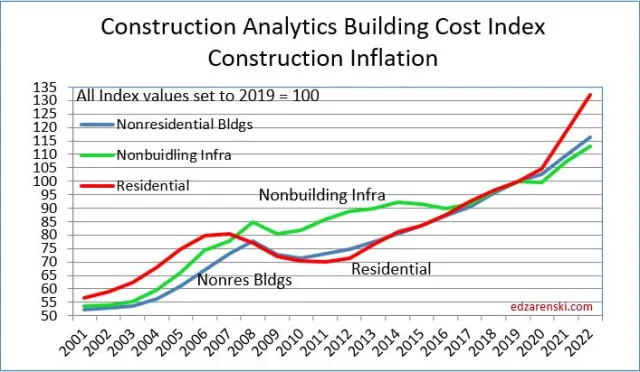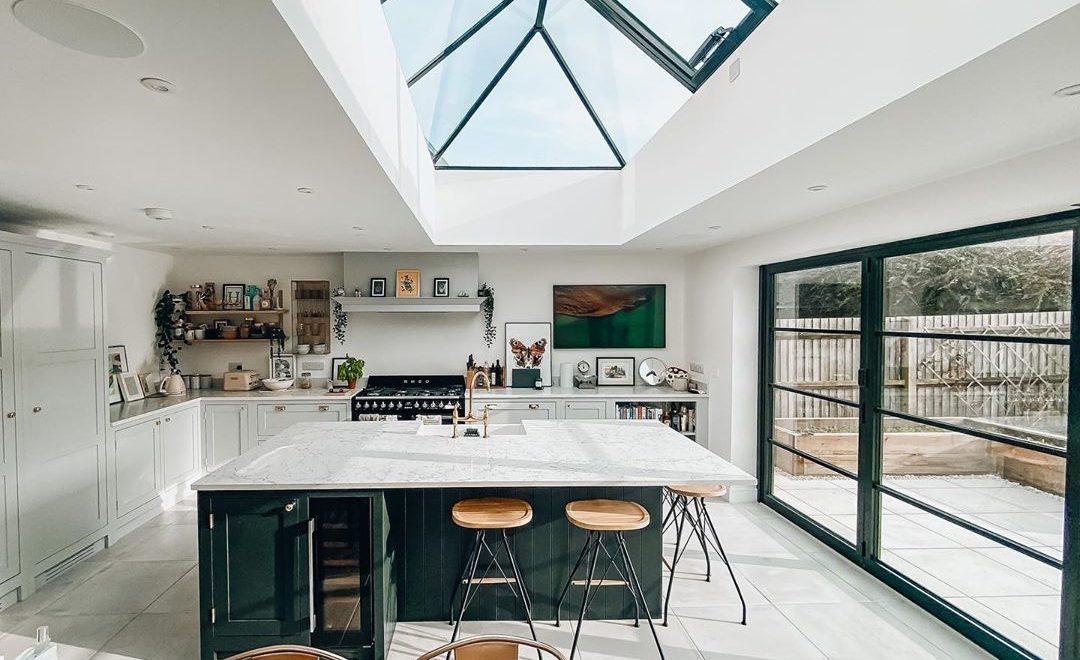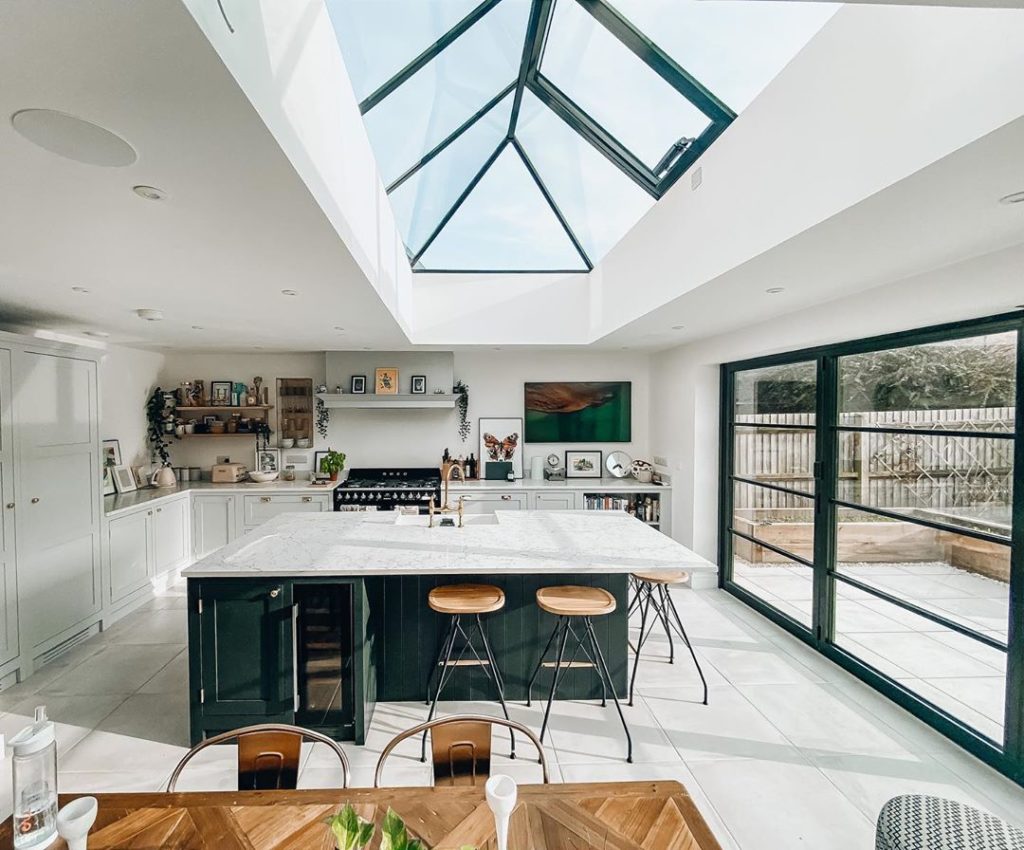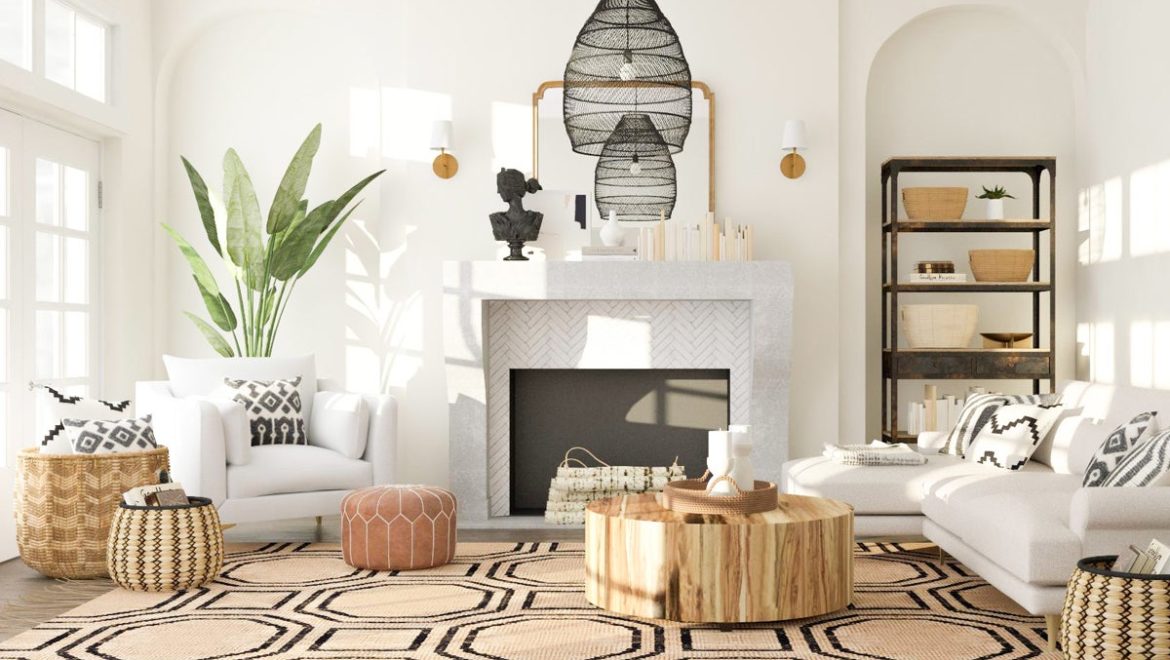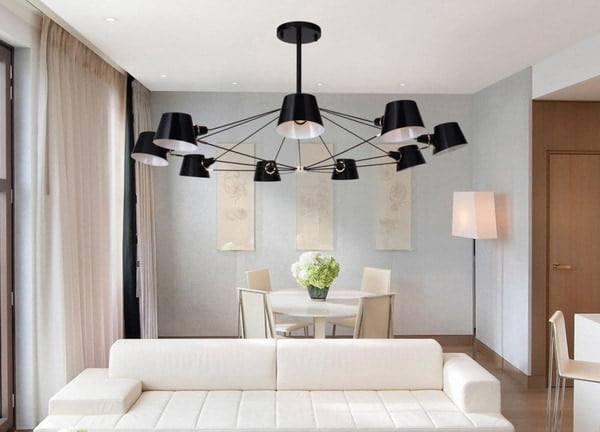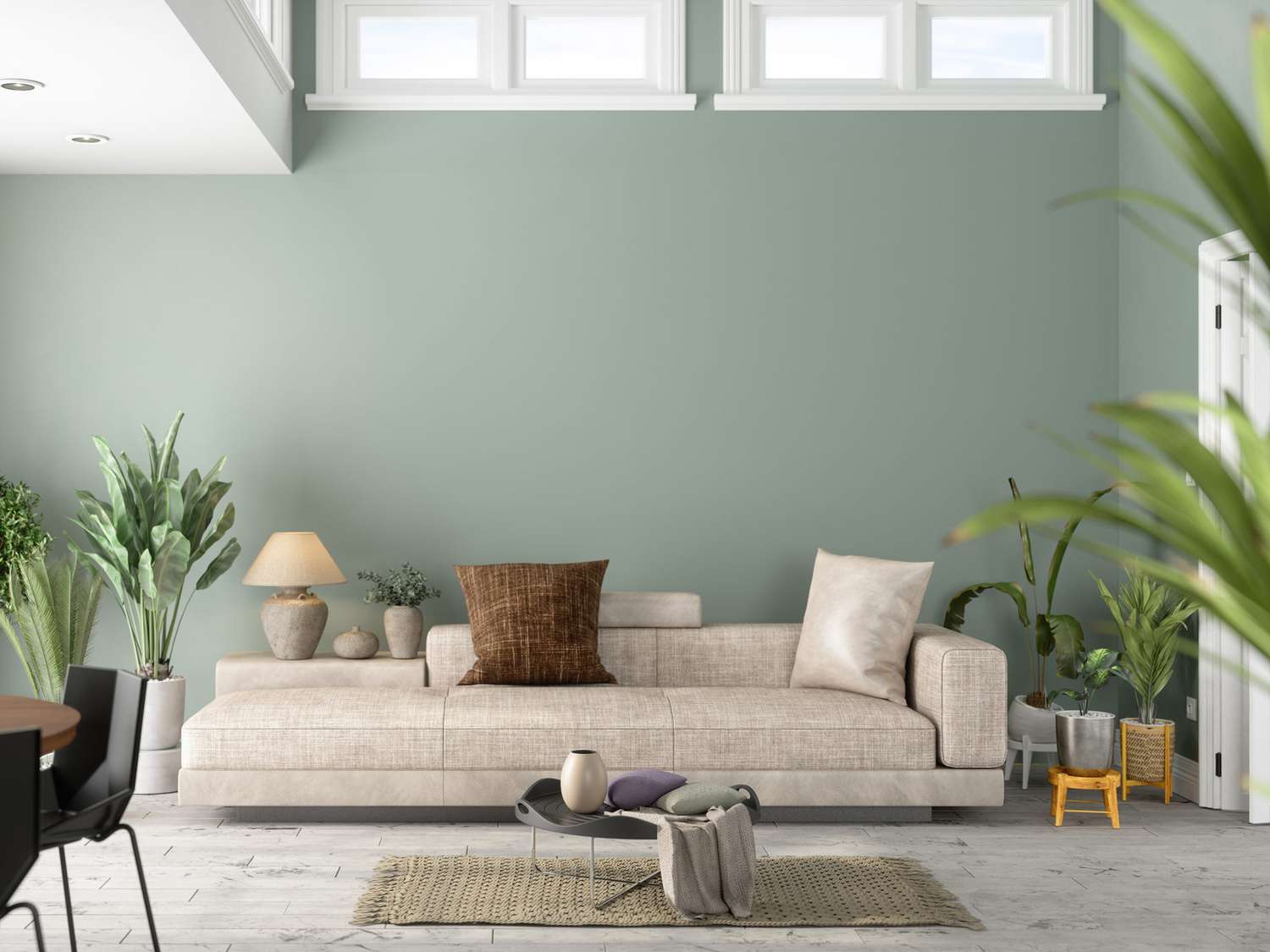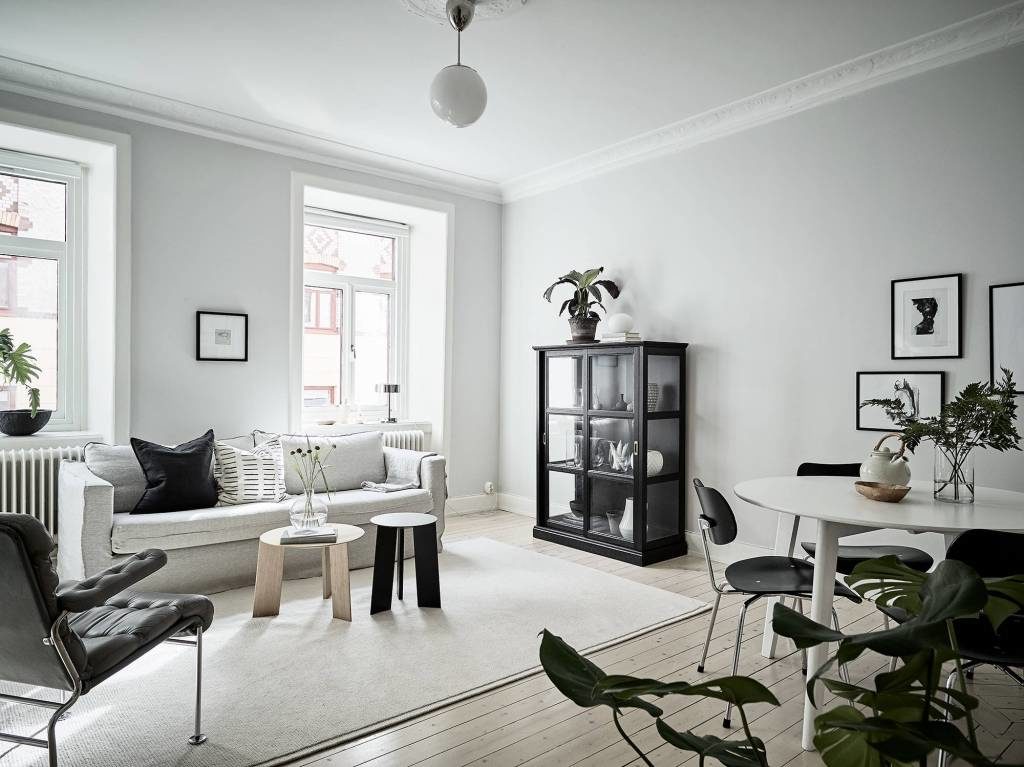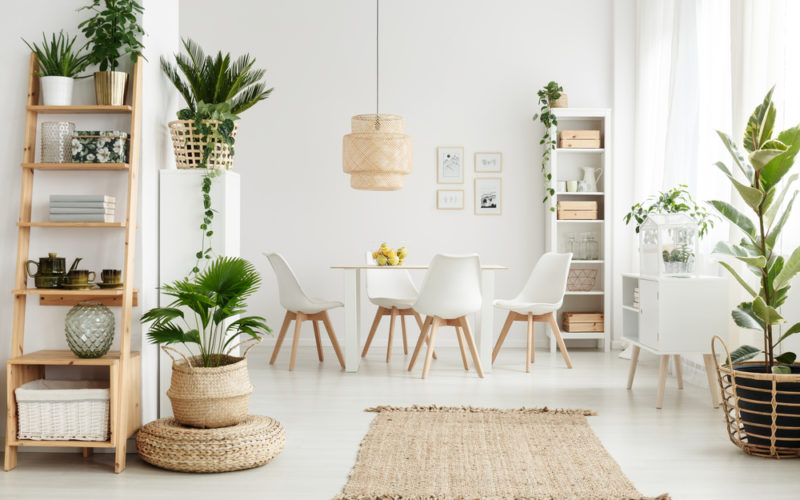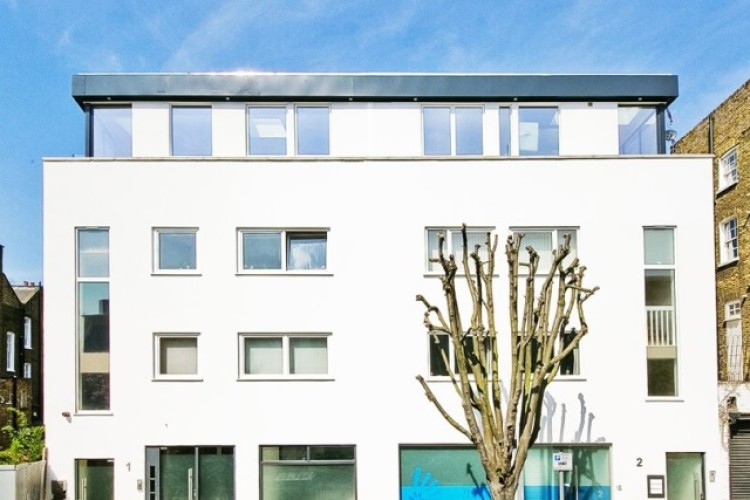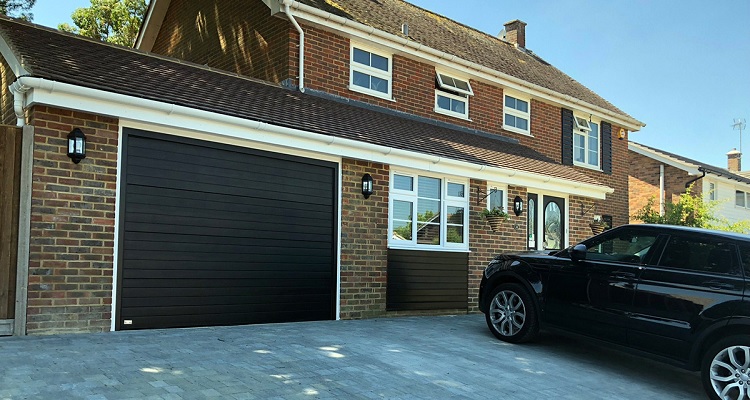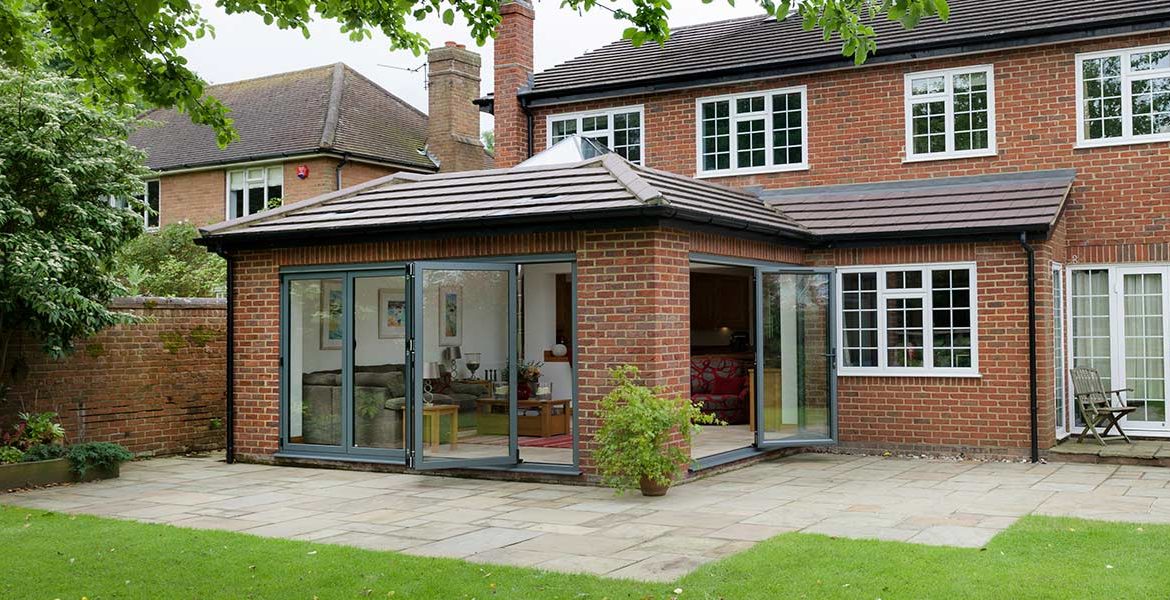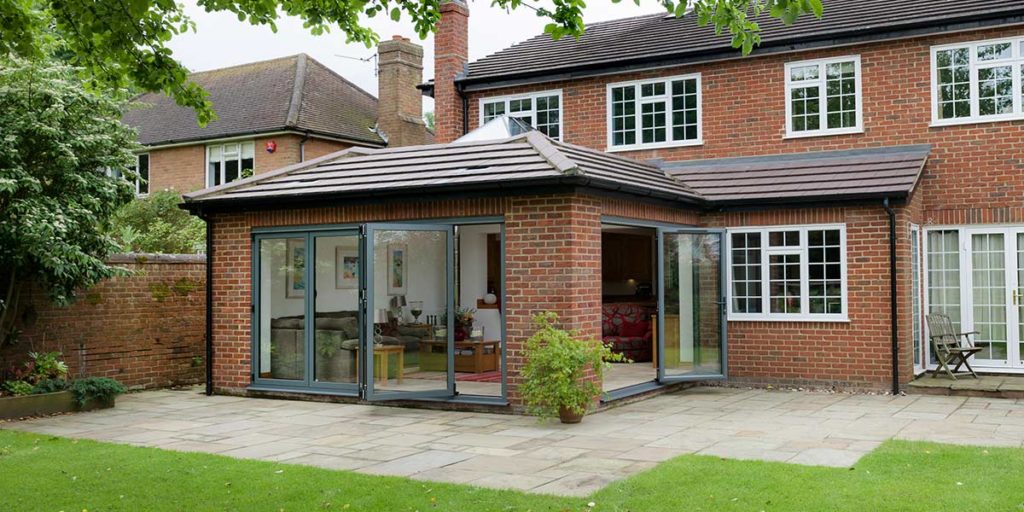Learn all about the cost of building 2022
The build cost inflation has been increasing at a rapid rate. The factors of Brexit and covid 19 have made the costs of both materials and labour increase massively. They have contributed to supply issues and the volumes of delays to imported goods have had an impact on construction costs.
How much does it cost to build a house?
The cost to build a new house in the UK will depend on a number of factors. Some of the big ones include the size of your property, the materials you use, and the number of trades people you decide to hire.
So, because every project is different and each client has different wants and needs it is almost impossible to get a standard quote for a build project. However, averagely to build a house in the UK in 2022, you can expect to pay anything from £1,500 – £3,000 per m2.
How much has building work prices gone up?
Prices have increased over the past 2 years for several materials, due to lead times and growing demand. Year on year prices for all building work rose by 27.2% from May 2021 to May 2022.
Some materials which continue to be affected –
- Timber – timber was up 30% in April 2022.
- Roof tiles – prices of roof tiles have risen 24% in a year.
- Steel – fabricated steel rose by 52.7%.
- Bricks – brick prices increased by 12%.
- Concrete – concrete bars are 64% more expensive than a year ago.
Will the building cost go down in 2022?
Furthermore, these higher material costs have led to rising inflation costs. Meaning it is unlikely for construction costs to go down in 2022.
Is it a good time to build?
Although, the costs and interest rates are rising it would be better to build your dream home sooner rather than later. It is likely that the cost will keep on increasing. So, it is an investment to start your build project now.
